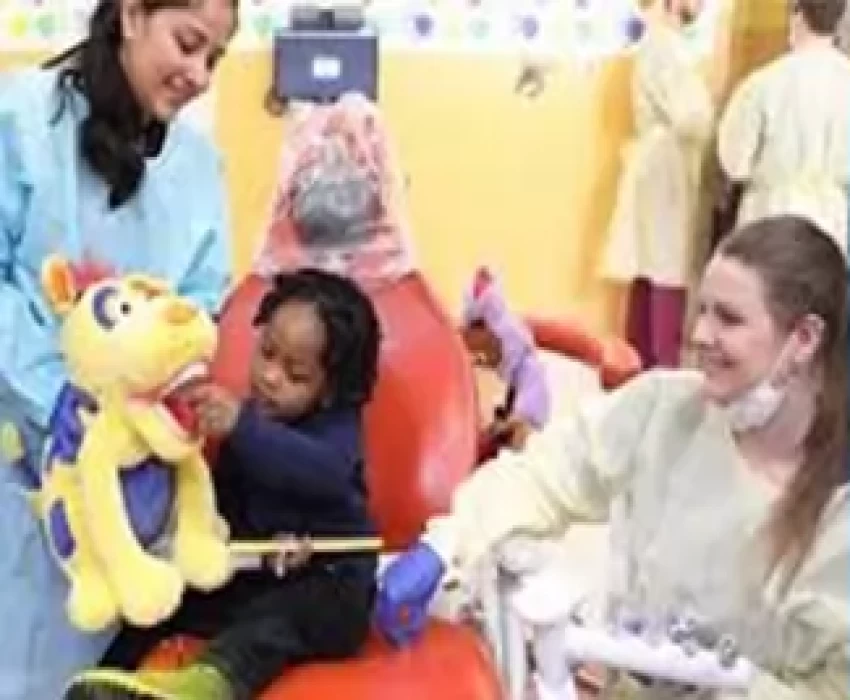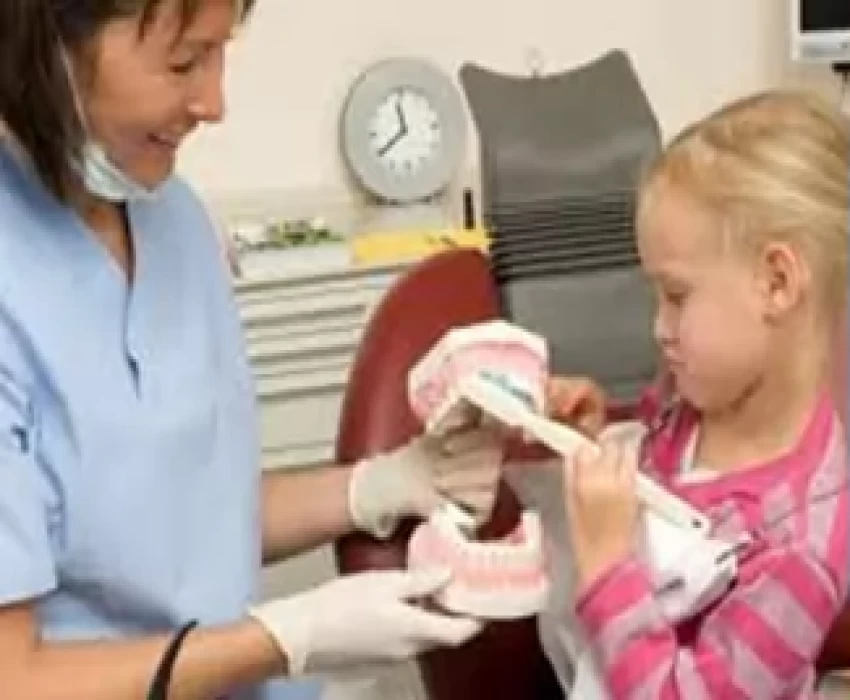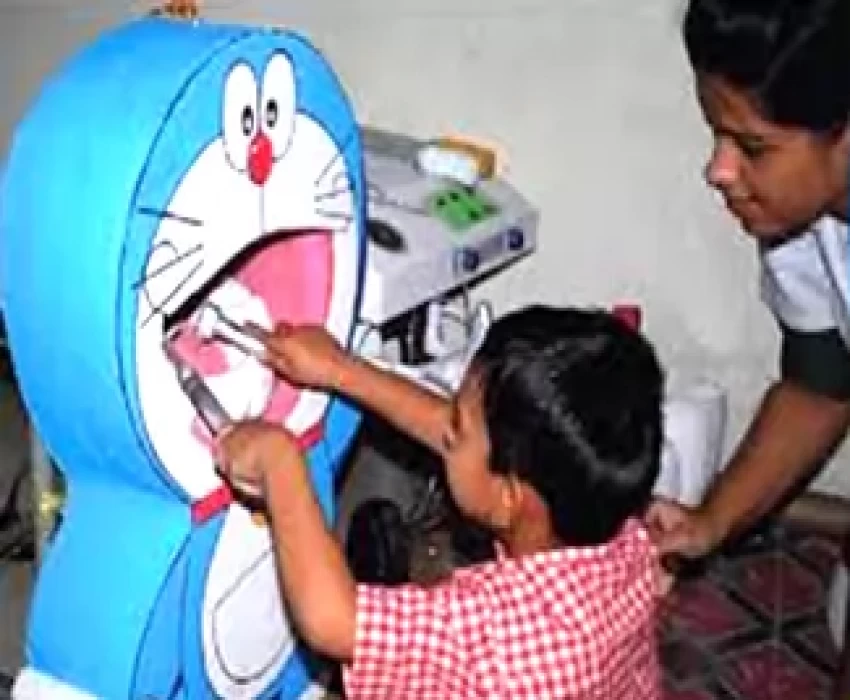A child's behaviour can confuse decision-making in pediatric dentistry. Progressively, clinical and non-clinical data, risk assessments are driving the profession toward precision dentistry. Two similar cases treated differently but achieving similar clinical endpoints were presented to illustrate various treatment approaches for navigating the convergence of disease and behavior management. Not all solutions are acceptable by all. But choice guides methodology support sympathetic decision aids and frameworks exist to help providers find safe venues and alternatives for pediatric therapy. Adopting such an approach supports compassionate and effective care that will frame the dental experience in a positive way for children and their families. In a move toward accuracy dentistry, understanding the social, developmental, biological, and health behavior explanations for a clinical observation can lead to better-educated treatment choices.
The table poses a framework that allows clinicians to individualize treatment plans based on a particular child's or family's circumstances. The exact crossing point intersection between disease and behavior management can be highly variable and difficult to measure. For example, a particular child in a dental office may be warm and outgoing one day, and restless and fearful the next.





